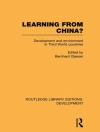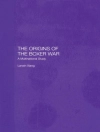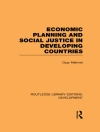Pearly mussels (Unionoidea) live in lakes, rivers, and streams around the world. These bivalves play important roles in freshwater ecosystems and were once both culturally and economically valuable as sources of food, pearls, and mother-of-pearl. Today, however, hundreds of species of these mussels are extinct or endangered. David L. Strayer provides a critical synthesis of the factors that control the distribution and abundance of pearly mussels. Using empirical analyses and mode...
Tabela de Conteúdo
Preface
PART ONE: The Laboratory
1. The Model as Monster
2. The Case of Pearly Mussels
PART TWO: The Monster’s Parts
3. Dispersal
4. Habitat
5. Hosts
6. Foo...
Sobre o autor
David L. Strayer is Senior Scientist at the Institute of Ecosystem Studies and author of Pearly Mussels of New York State, among other books.












